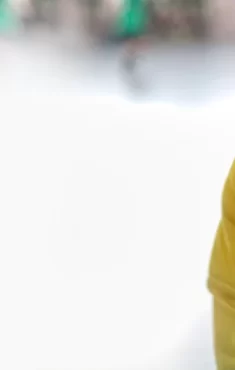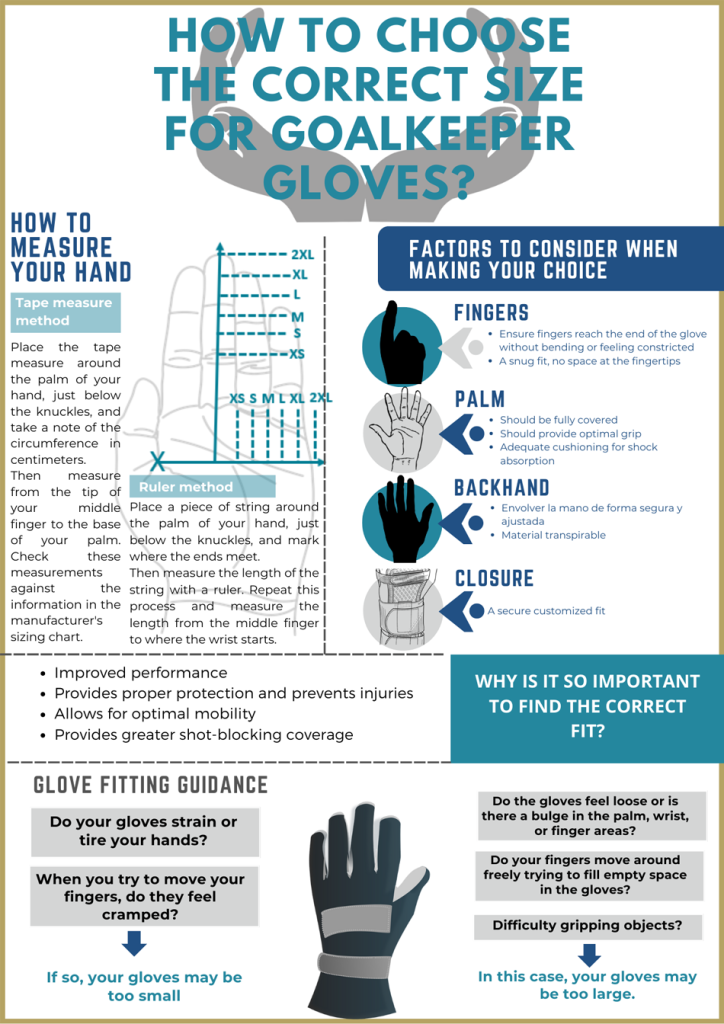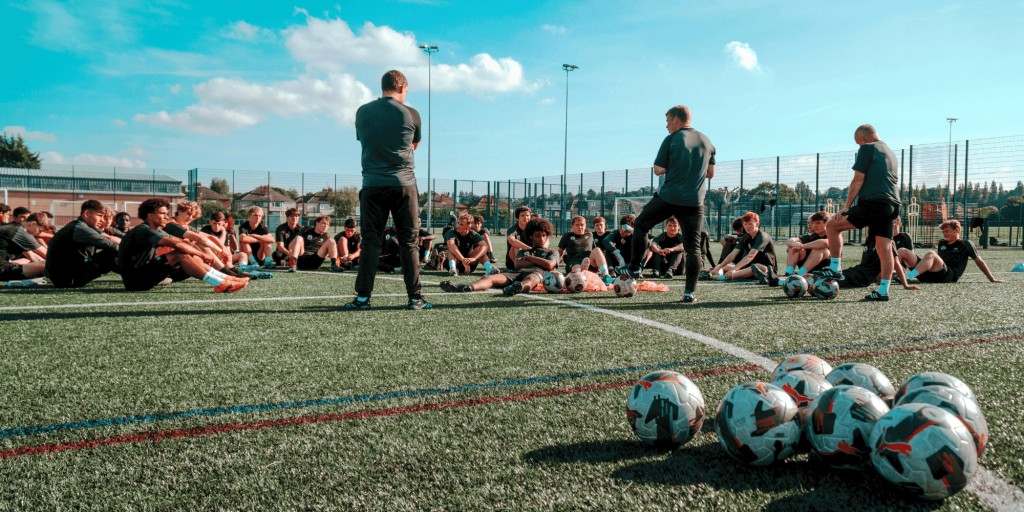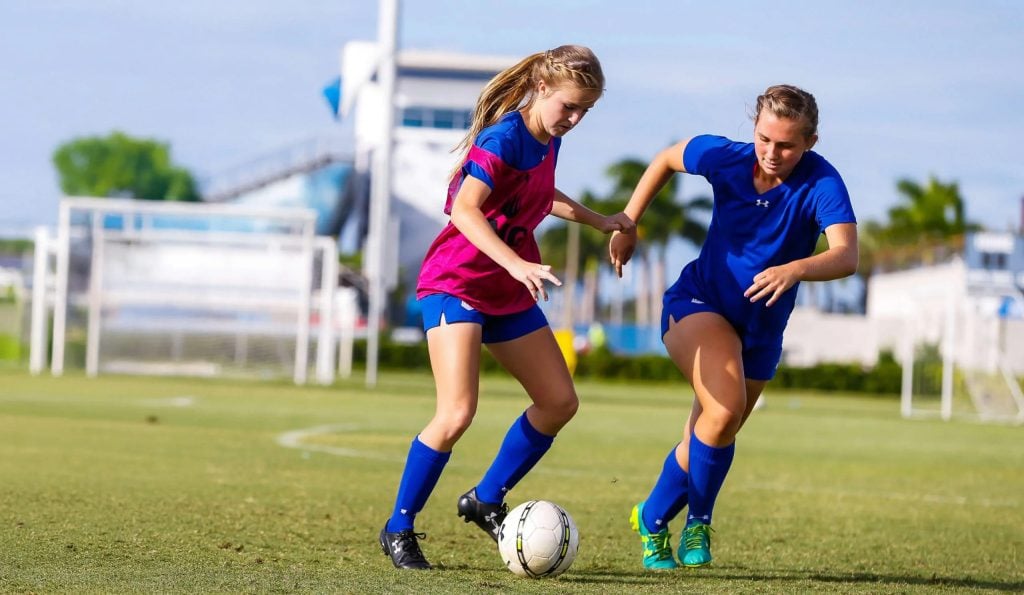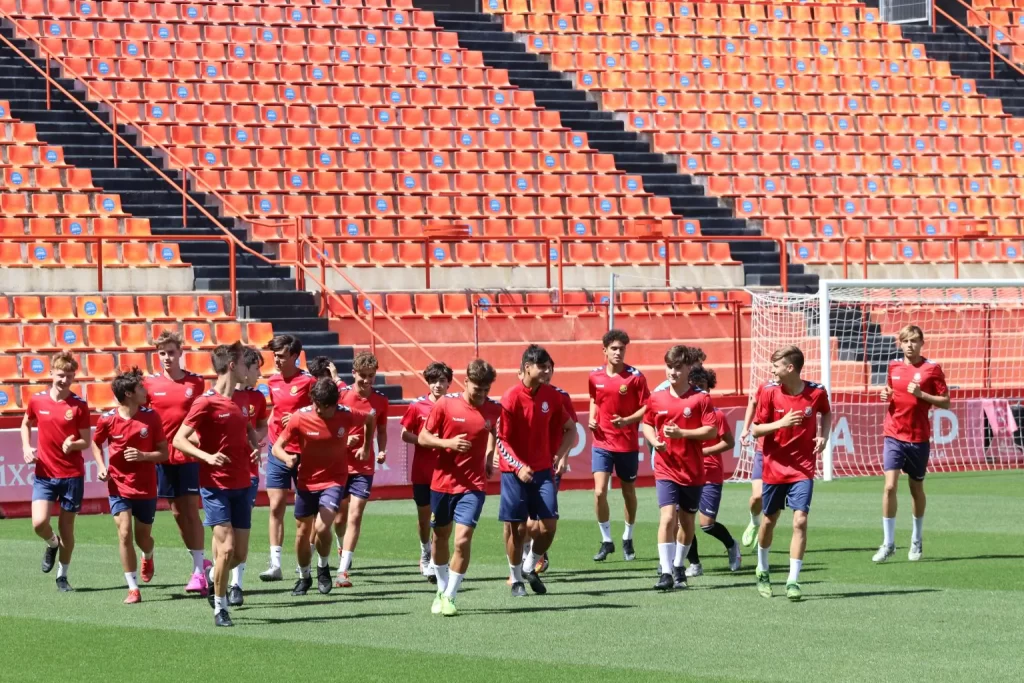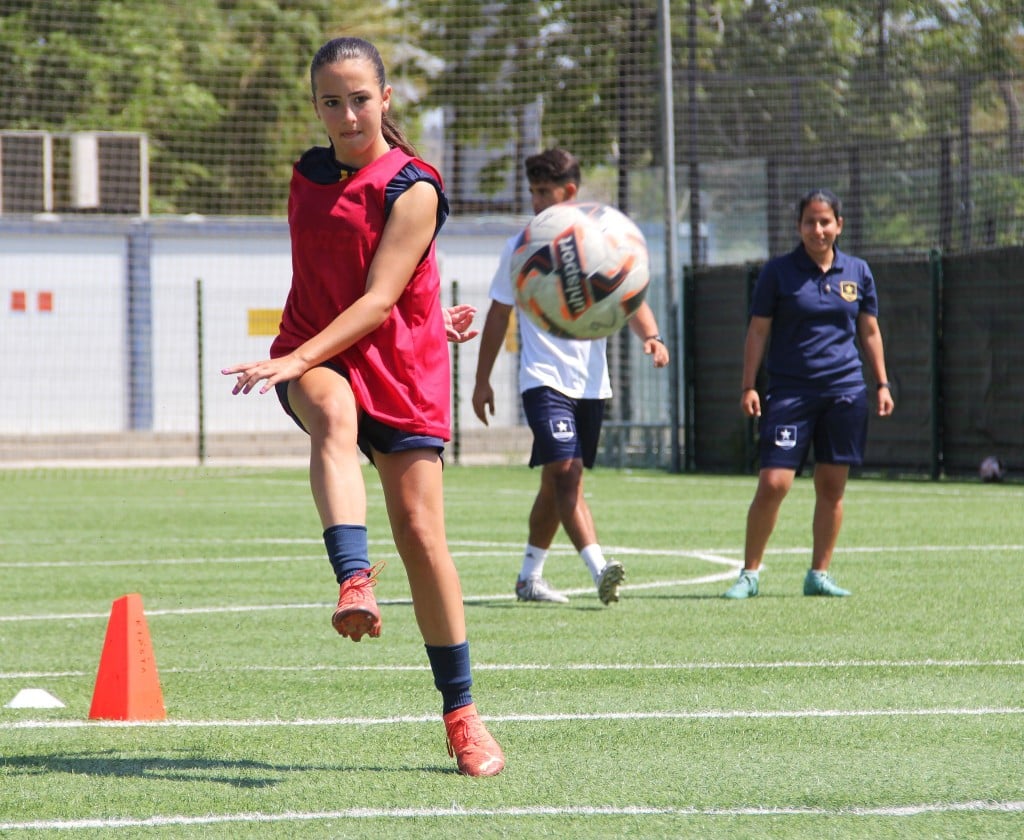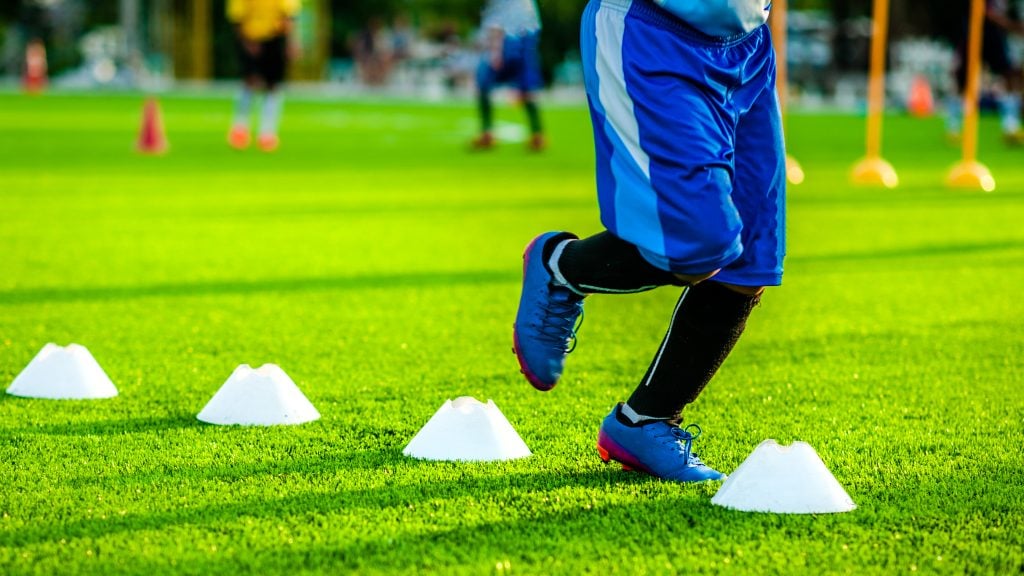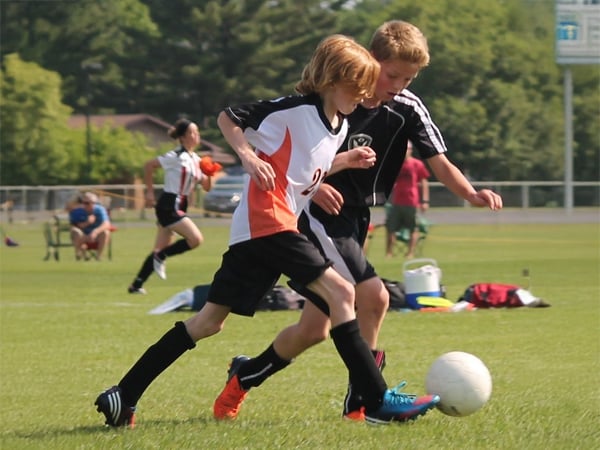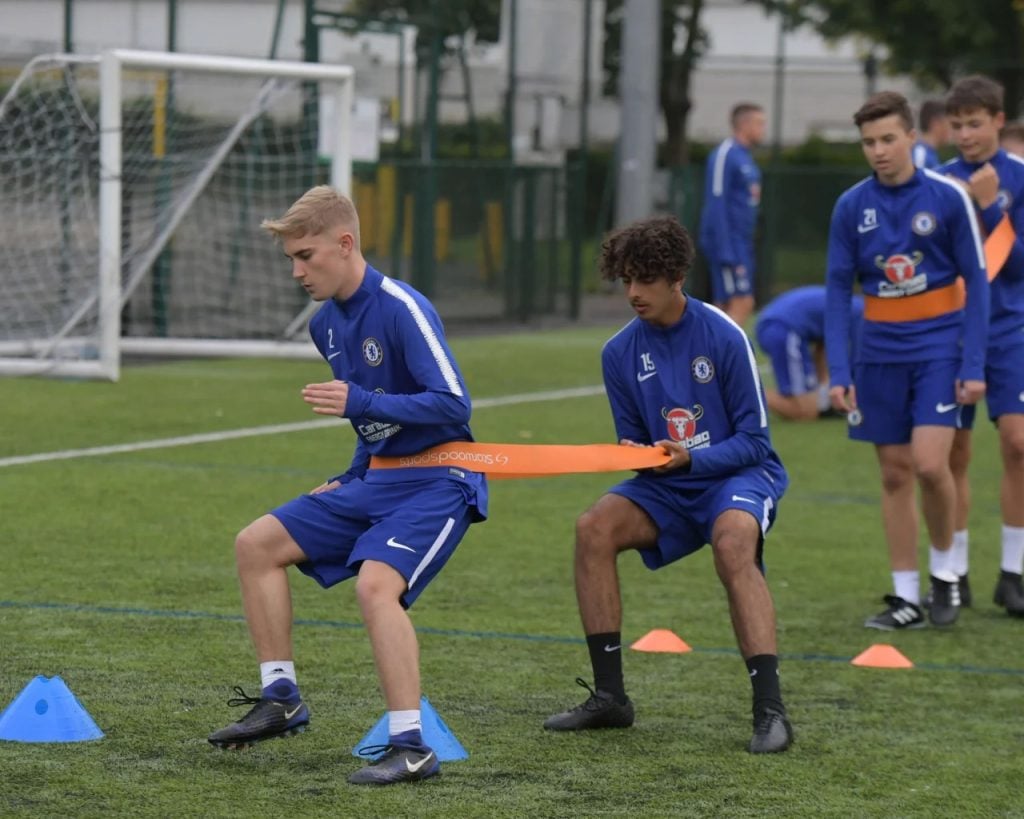Choosing the right goalkeeper gloves is an essential factor to help you reach your highest game between the posts. The right size won’t only improve your game, but will also protect your hands from injury. Below, we’ll explain the importance of choosing the right glove size, the factors you should consider, how to understand sizing charts and the different methods that exist for measuring your hands. In this way, you’ll easily be able to find the right glove size for you.
Table of Contents
The importance of choosing the correct size for your goalkeeper gloves
In the sporting world, protection is very important. As a sportsperson, you aren’t only exposed to significant physical exertion, but also to potential injuries. So, the safer you are and feel, the better your performance can be. Here are the benefits of choosing the right size in goalkeeper gloves:
- Improved performance: Properly fitting goalkeeper gloves improve handling and accuracy when catching and throwing the ball. The wrong size can impair movement and limit the goalkeeper’s ability to grip the ball.
- Proper protection: The right size goalkeeper gloves will protect your hands from injury. Gloves that are too large can cause friction and blisters, while gloves that are too small can cause discomfort and finger injuries.
- Maximum mobility: Well-fitting gloves provide optimal finger and hand mobility, which means you can react quickly and accurately when facing shots.
- Increased blocking area: Having the right size in goalkeeping gloves will give you increased shot-blocking coverage, which increases your chances of stopping difficult shots.
- Injury prevention: Incorrect glove sizing can increase the risk of hand and finger injuries due to inadequate support and protection.
Goalkeeper glove sizing: What factors should you take into account?
The best goalkeepers in the world know for a fact that gloves are a direct extension of their own hands, providing protection, grip and confidence every time they touch the ball. However, several factors come into play when considering what size glove to purchase.
First and foremost, comfort is paramount. Gloves should feel like they are virtually part of the goalkeeper’s skin, without any type of restriction, nor excessive looseness. Too tight a fit can limit hand movement and flexibility and cause discomfort, while too loose a fit can affect grip and sensitivity.
Besides comfort, safety is also an essential factor. Gloves should completely cover the keeper’s hands and protect them from impact damage, chafing, and injuries. Incorrect sizing can leave vulnerable areas exposed, increasing the risk of injury.
In addition to these concerns, other factors should be taken into account in order to ensure a perfect fit:
Fingers
The glove should fit snugly around the fingers without leaving any space at the fingertips. The fingers should reach the end of the glove without bending or feeling constricted.
Palm
The palm of the glove should completely cover the hand and provide excellent grip. It should be thick enough to protect against impact without sacrificing sensitivity and control. This is the case with Gloveglu’s smart foam, which has the perfect thickness to ensure impact absorption without compromising grip in any way. In fact, their unique goalkeeper glove formula can even improve the keeper’s grip.
Backhand
The backhand of the glove should surround the hand securely and snugly, providing support and stability without restricting movement in any way. It should be manufactured with breathable materials to keep the hands cool and dry during the match.
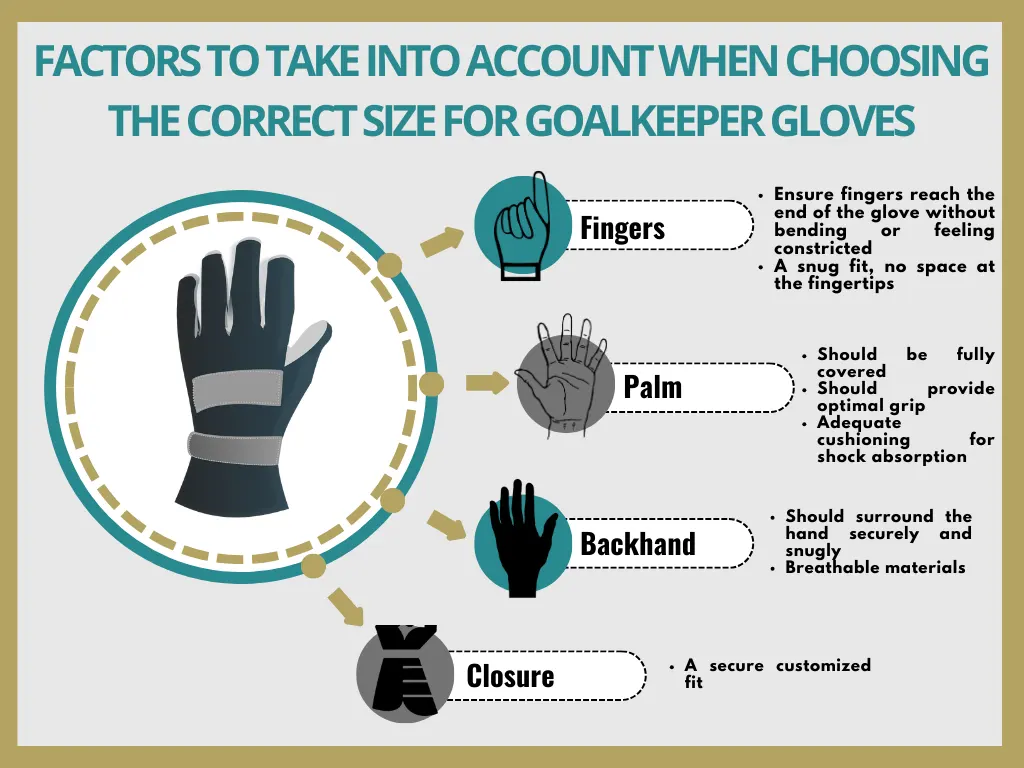
Closure
The closure of the glove, either with a Velcro strap or an elastic wrist strap, should provide a secure, customized fit around the wrist. It should be easy to open and close, ensuring that the gloves are easy to take off and put on again.
Interpreting the Sizing Charts
Manufacturer’s sizing charts are useful aids to help you find the right size goalkeeper gloves. However, it’s important to know how to correctly interpret these charts in order to find the perfect fit for you.
For example, GloveGlu’s sizing chart provides palm circumference and finger length measurements to help goalkeepers find the correct size.
Different methods to measure your hands for goalkeeper gloves
Correctly measuring your hands is a crucial part of selecting the right size in goalkeeper gloves and ensuring the perfect fit. Here are some of the best ways to measure your hands for this purpose:
The Tape Measure Method
For this method, you’ll simply need a tape measure. Place the tape measure around the palm of your hand, just below the knuckles, and take a note of the circumference in centimeters.
Then measure from the tip of your middle finger to the base of your palm. These two figures will give you an idea of the glove size you’ll need, according to the manufacturer’s sizing chart.
Ruler method
If you don’t have a tape measure, you can use a ruler and a piece of string or yarn. Place the string around the palm of your hand, just below the knuckles, and mark where the ends meet.
Then measure the length of the string with a ruler. Repeat this process to measure the length of your fingers, as described above. These figures will help you tell what glove size you need.
Comparison with standard sizes
Many goalkeeper glove brands provide standard size charts on their websites or product packaging. You can use these reference charts, which often include palm circumference and finger length measurements, to compare and determine the appropriate size based on your measurements.
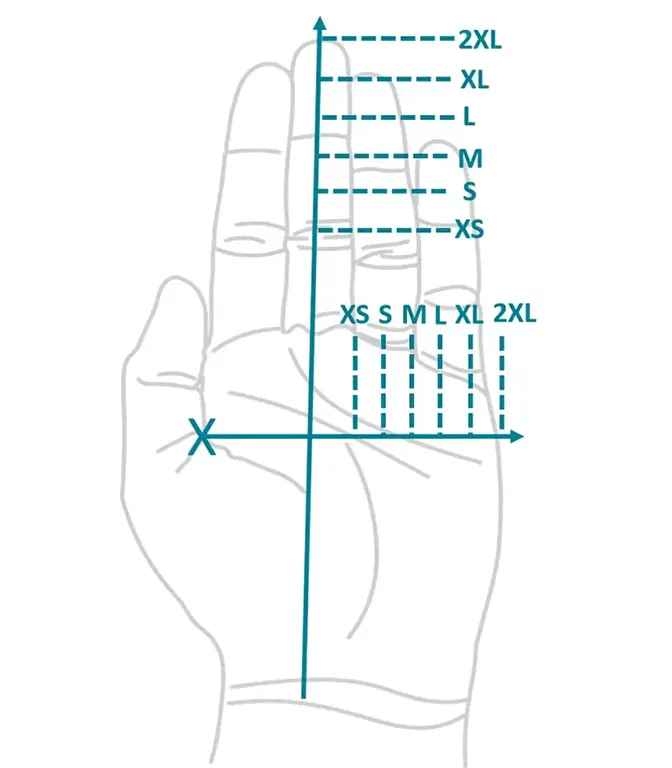
Try them on directly
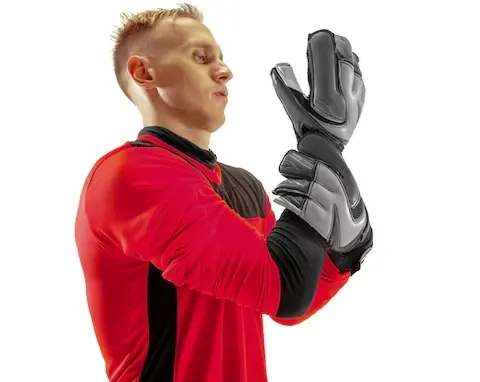
If you get the chance, try on several different sizes of gloves at a specialty store. This will help you gauge how the gloves feel on your hands and choose the one that fits and feels the best.
By using these methods to measure your hands, you’ll be able to select the right size goalkeeper gloves for you and enhance your match performance.
Finger Protection in Goalkeeper Gloves: How Does It Influence the Sizing?
Finger protection is an important factor to consider when choosing goalkeeper glove size. Here’s a guide as to when and when not to use gloves with finger protection:
| Situation | Gloves with no Finger Protection | Gloves with Finger Protection |
| Normal training | Yes | No |
| Low-risk matches | Yes | No |
| Flexibility training | Yes | No |
| Facing strong strikers | No | Yes |
| High-risk matches | No | Yes |
| Young players and newcomers | No | Yes |
Conclusions
Even if you decide to get the very best goalkeeper gloves, it’s still vital to choose the right size to ensure that your performances improve and also to prevent hand injuries. As we have mentioned, you should consider factors such as finger length, palm circumference and finger protection when selecting your gloves. Whether you’re a professional soccer player or thinking about enrolling in a goalkeeper camp, finding the perfect fit is essential to reaching the very highest levels.
Make use of the manufacturers’ sizing charts and accurate measuring methods in order to find that perfect fit. Remember that well-fitting gloves will help you excel on the pitch, as well as keeping your hands safe at all times.

